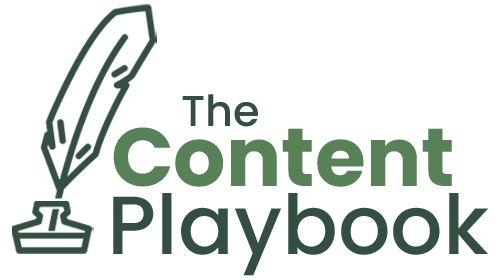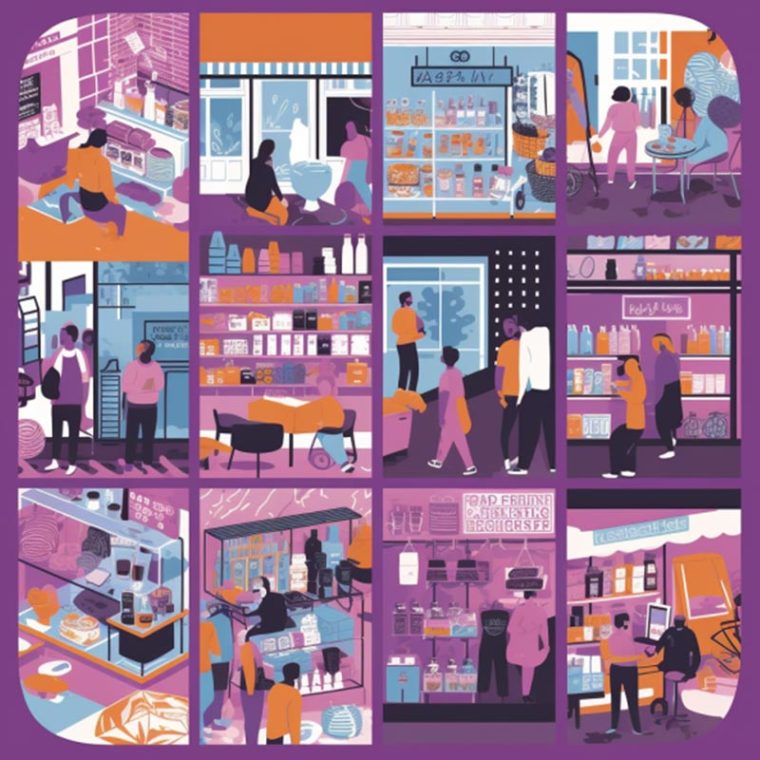This article is about how brands can use content to influence purchasing decisions, not with in-the-moment advertising but with a longer-term strategy.
To kick things off, we’re going to channel our inner customer. When buying something online, think of your process. I’m guessing there’s some research involved, but you’re drawn to brands you recognise or trust if they’re an option. But why are you drawn to those? Previous experience? Trust? Recognition? Well, we’re going to look at that decision-making journey and what creates that internal bias. It all revolves around mental availability.
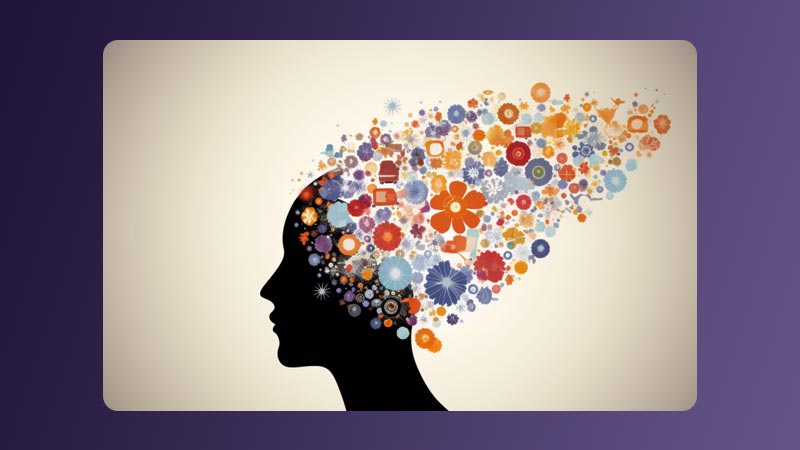
What is mental availability?
Mental availability refers to the probability that a specific brand or product will come to mind when a customer is in a buying situation. It measures a brand’s presence and purchasing power in the customer’s mind. As Bryon Sharp puts it – mental availability is how much your audience “notices, recognises, and/or thinks of your brand” at the pivotal moment.
Here’s an example. You go into your supermarket, decide you need some toothpaste and head to the toiletries aisle. At this point, two factors come into play, mental and physical availability.
Physical availability is exactly what it says on the tin. What’s available when you get there? If a product isn’t there, you can’t buy it. If a product isn’t visible enough, you might miss it. Easy.
Now mental availability is where you may have a bias in your head based on previous memories. These would’ve been created by advertising, prior purchases, interactions, or even something as small as the colour of the packaging. Colgate is an excellent example in the toothpaste sector – big, bold, bright red, and a lot of advertising spend.
On the opposite end of the spectrum, you’ve got newcomers to the market. It’s the first time you’ve seen their brand, with no advertising recollection and no positive memory interactions. End result? You barely notice the product on the shelf, and it’s out of your mind as soon as you walk off. Low mental availability.
How is mental availability different to awareness?
Awareness is your target audience knowing the product or brand exists.
Mental availability is whether your target audience knows the product or brand exists at the key moment of purchase, thus impacting decision-making at the right moment.
People may know about your brand, but it’s not ideal if they don’t think of you when making the purchase. Mental availability is taking awareness one step further.
How can content play a role in mental availability?
Building strong mental availability starts way before the actual buying decision takes place. You’ve got to sow the seed. Incubate the idea. And content is a perfect way of doing that. Whatever your sector is, you need to build a memory link between your product and the customer’s need so they think of you in the moment.
Using informational content
There’s a high chance your potential customers will interact with your industry/sector before making their first purchase, sometimes without even knowing. Infiltrate this space. Look at potential customers’ popular pre-purchase questions, and answer those with your expert insight. Provide recommendations. Insight. Solutions. Be helpful. These positive interactions might not directly relate to sales at the time, but it’s all part of the long-term relationship building.
Examples of brands using informational content to build mental availability:
Footy.com sell football boots and equipment, and they do a brilliant job in that sector’s content space. A search for informational topics like ‘What are the best boots for 3G surface?‘, ‘Best boots for strikers‘, and ‘What makes a football boot comfortable?‘ gets you articles from footy.com in the top 3 results on Google for each. The potential customer will use this content for research purposes, but it’s also acting as an introduction to the brand. It’s forging mental links.
When the customer eventually decides to buy football boots, some will go direct to footy.com as their first port of call. And some will use an unbranded Google search, but be drawn to footy.com in the search results because the trust has already been built.
There are other on-site factors to get the conversion, but the content has done its job.
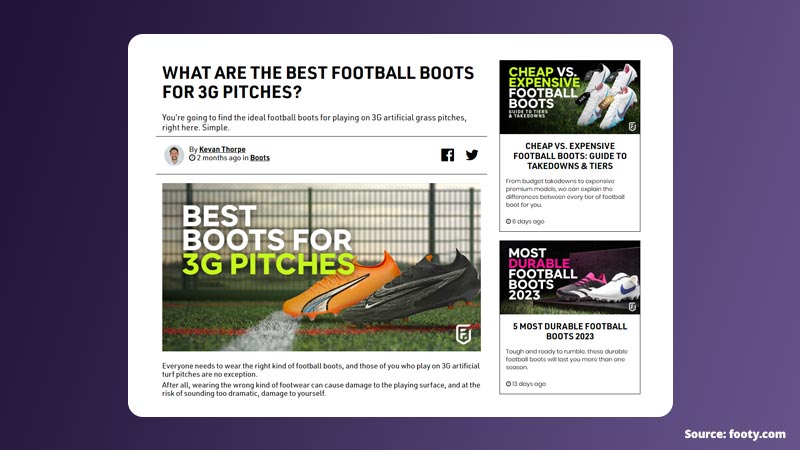
B&Q are big in the DIY space. They understand their customers aren’t professionals, so they provide simple and accessible how-to guides across their digital estate.
Search YouTube for ‘How to paint a ceiling‘ or Google for ‘How to paint a window‘; you’ll find B&Q showing how it’s done within the first few results.
This type of content is ideal for building positive interactions directly related to their product offering. They’re showcasing their expertise and building trust between them and the customer. This informational content can quickly become transactional because of the intent, so high mental availability can quickly come to fruition.
Quick side note – providing a shopping list within the content, with links to B&Q products, is just the icing on the cake.
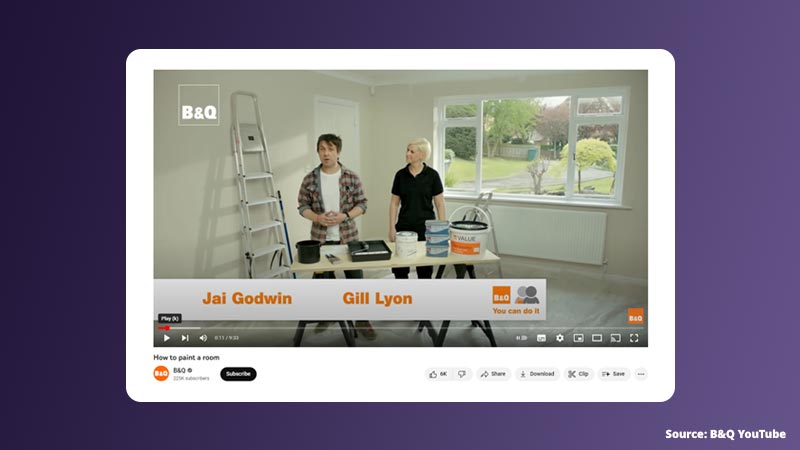
Both examples above show how passive pull content (stuff that pulls the audience into your digital estate) can build high mental availability through expertise, trust, and simply helping them find an answer.
Leveraging PR – Digital & Traditional
Trust and authority play a massive part in building mental availability, and digital/traditional PR is a surefire way to develop both. Imagine your brand, or someone representing your brand, provides insight in a publication or on a 3rd-party website your potential customers read/use. It instantly builds credibility and awareness. If used in the right context, related to the sector and the purchasing decision, you elevate that awareness to mental availability. It’s another positive interaction and an endorsed one at that.
Say your friend gave you a recommendation, you’d listen, right? It’s the same with publications. People rarely read magazines or go on websites they don’t trust. If your brand appears seemingly organically, that’s an endorsement passed from the content creator to the customer.
An example of digital PR increasing mental availability:
Stef Williams (WeGlow app) – You’d expect an influencer to be a popular topic for journalists, but Stef Williams’ approach is slightly different. It’s all about fitness and seems to always have a link back to the WeGlow app. Stef doesn’t just rely on the social following.
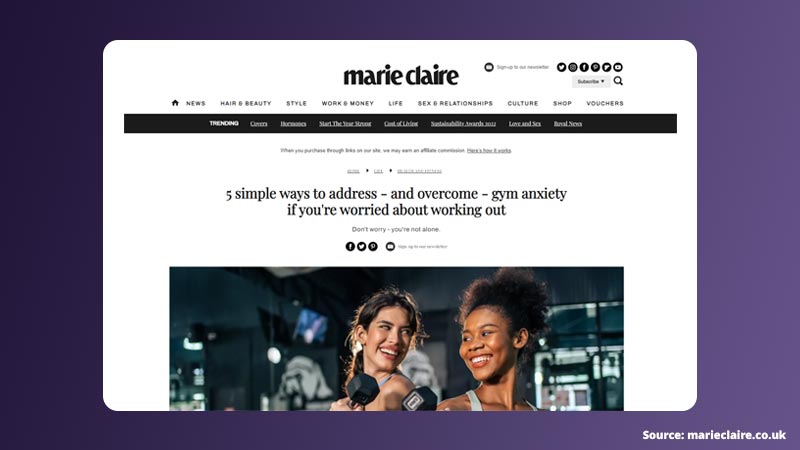
This is a selection of articles the WeGlow app has appeared in:
- Fit & Well – Build full-body strength and boost your metabolism with this 16-minute workout
- Marie Claire – 5 simple ways to address – and overcome – gym anxiety if you’re worried about working out
- Marie Claire – I tried Stef Fit’s highly rated WeGLOW app – so, would it get me out of my fitness rut?
- Daily Mail – Fitness queen reveals how you can sculpt your dream body by the end of January without missing festivities
Whether it’s Marie Claire’s female-dominated readership or Fit & Well’s fitness-focused audience, they all provide a solid foundation to build from for Stef Williams’ WeGlow app.
The articles offer guidance and support around a relevant topic without being salesy, building that organic link between getting helpful fitness advice and the WeGlow app.
An embedded Instagram post is also a useful addition, creating a direct way of following Stef and joining her journey. The conversion doesn’t have to happen right now; the whole piece about mental availability is it can be a nurtured long-term partnership.
Put the complete strategy together, and you’ve got a PR campaign that builds brand awareness, provides answers, creates positivity, and ultimately places both Stef Williams’ name and the WeGlow app in the minds of an audience keen on fitness and with a high probability they’re going to make a purchasing decision later down the line.
Now it’s your turn
Building mental availability is vital to winning the battle at the point of purchase. It gives you the upper hand over competitors, especially when combined with physical availability. And using content is the best way to do it.
Establish a relationship with your audience. Build trust, and show that you’re the expert in the field and are offering the best solution to their problem. Start by researching the informational fact-finding questions in your sector and go from there.
It’s not just about building awareness; it’s about building a mental bridge that’ll spark at the right moment.
